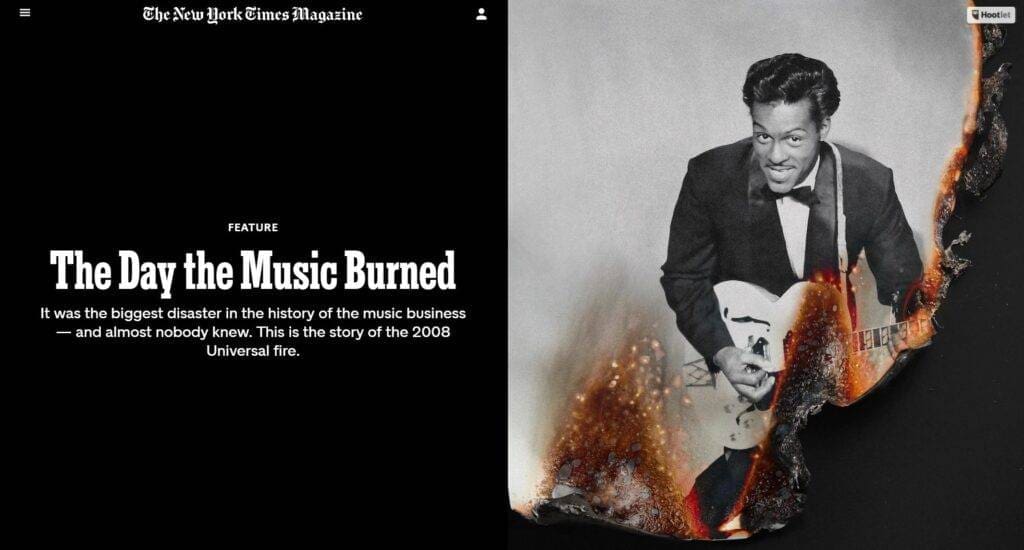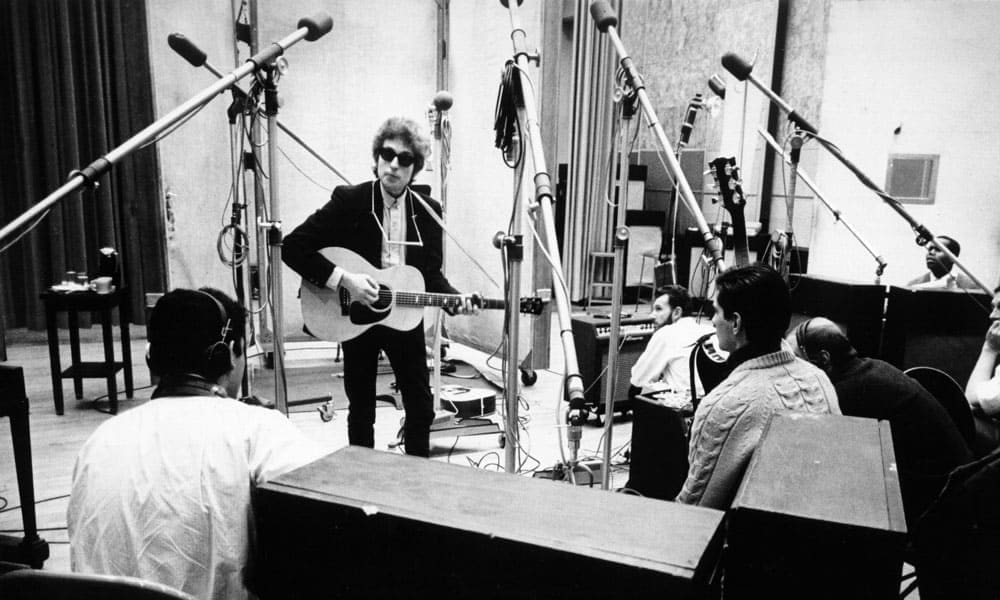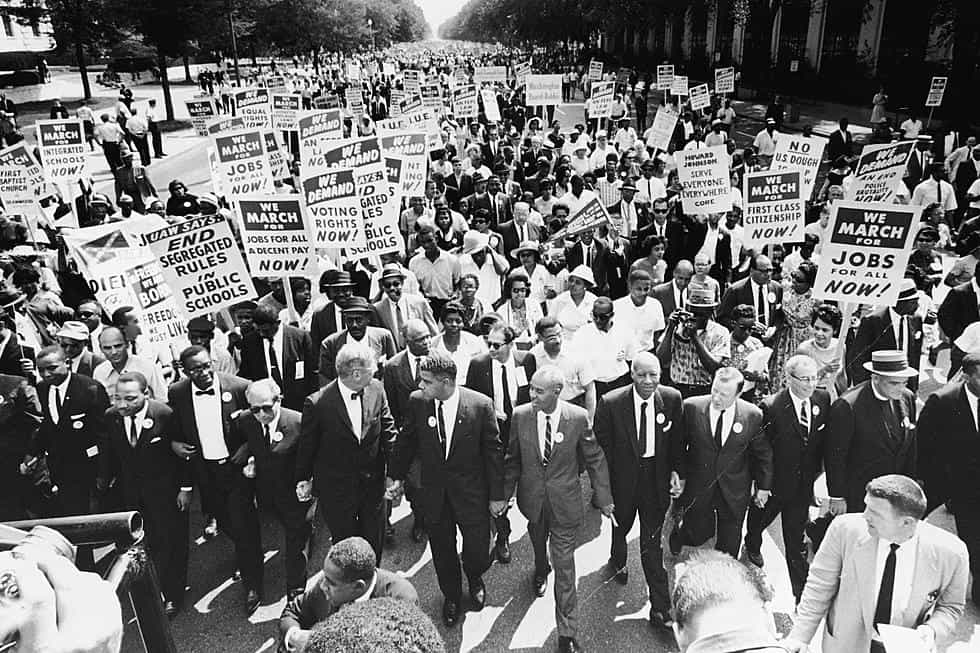Deep Purple – Lazy Sod: A Dive into Rock Legend and Lore


When discussing the pantheon of classic rock, Deep Purple invariably stands out. With a legacy spanning over five decades, this iconic band has produced a myriad of songs that have etched themselves into the annals of music history. Among their celebrated works, “Lazy” from the 1972 album “Machine Head” is often cited as a prime example of the band’s virtuosity and creativity. However, the phrase “Lazy Sod” conjures up an intriguing mix of connotations and narratives that go beyond the music itself.
The Birth of a Classic: “Lazy”
“Lazy,” a seven-minute instrumental odyssey, is a testament to Deep Purple’s ability to blend rock with blues, jazz, and classical influences. The song’s creation was a collaborative effort, showcasing the individual talents of each band member. Jon Lord’s Hammond organ intro, a classical and blues-infused riff, sets the stage for a journey that meanders through various musical landscapes. Richie Blackmore’s guitar work, Ian Paice’s dynamic drumming, Roger Glover’s steady basslines, and Ian Gillan’s bluesy vocals all contribute to the song’s rich tapestry.
The title “Lazy” is a playful nod to the song’s relaxed yet intricate composition. Despite its name, the track is anything but lethargic. It is a demonstration of technical prowess and musical synergy, where each instrument weaves in and out, creating a complex but cohesive whole. The song has since become a staple in Deep Purple’s live performances, often serving as a canvas for extended solos and improvisations.
The Lore of “Lazy Sod”
The phrase “Lazy Sod” is quintessentially British, a colloquial term often used humorously to describe someone perceived as lazy or idle. It’s a term loaded with irony, given the song “Lazy” is anything but simple or lazy in its construction. In the context of Deep Purple, it reflects the band’s knack for juxtaposing seemingly contradictory elements to create something unique and memorable.
“Lazy Sod” could also be interpreted as a playful jab at the rock and roll lifestyle. The 1970s rock scene was notorious for its excesses, with many musicians embracing a hedonistic lifestyle. Yet, behind the scenes, the creation of music as complex as Deep Purple’s required discipline, hard work, and an immense amount of talent. The term encapsulates this duality, poking fun at the stereotype while acknowledging the effort involved in producing such masterpieces.
The Legacy of Deep Purple
Deep Purple’s influence on rock music cannot be overstated. Often credited as pioneers of heavy metal and hard rock, their innovative use of classical music structures and techniques set them apart from their contemporaries. Albums like “Machine Head,” “In Rock,” and “Burn” have left an indelible mark on the genre, inspiring countless musicians and bands.
“Lazy,” in particular, showcases the band’s ability to push the boundaries of rock music. Its blend of different musical styles and the virtuosity required to perform it have made it a benchmark for aspiring rock musicians. The song’s enduring popularity is a testament to its quality and the skill of the musicians who created it.
Deep Purple’s Enduring Appeal
What keeps Deep Purple relevant today is not just their historical significance but their continued ability to connect with new generations of fans. The band’s willingness to evolve and experiment has allowed them to remain fresh and exciting. They have never shied away from exploring new musical territories, whether it’s the incorporation of new technology or the infusion of different genres into their music.
Moreover, Deep Purple’s live performances are legendary. Their energy, showmanship, and musicianship create an experience that transcends the music itself. “Lazy,” with its extended solos and improvisations, often becomes a highlight of their concerts, demonstrating the band’s dynamic stage presence and the joy they find in performing.
Conclusion
“Lazy Sod,” while not an official Deep Purple song, is a concept that captures the spirit of the band and their music. It’s a playful, ironic nod to the complexity and effort behind their seemingly effortless performances. Deep Purple’s legacy is built on their ability to blend technical skill with creative innovation, producing music that is both timeless and groundbreaking.
As we listen to “Lazy” and other Deep Purple classics, we are reminded of the artistry and dedication that goes into creating truly great music. The band’s continued influence and popularity are a testament to their talent and their ability to resonate with audiences across generations. In the end, whether you call it “Lazy” or “Lazy Sod,” the music of Deep Purple remains a cornerstone of rock history, celebrated and revered by fans around the world.
Related Articles
The Day the Music Burned
It was the biggest disaster in the history of the music business — and almost nobody knew. This is the story of the 2008 Universal fire.
Chuck Berry, 1958.CreditCreditPhoto Illustration by Sean Freeman & Eve Steben for The New York Times. Source Photograph: Michael Ochs Archives/Getty Images.
15 Best Singers of All Time Some Rock Some NOT
In this article, we embark on a journey to celebrate the timeless talents that have graced the stage and recording studios, revealing the definitive list of the Top 15 Best Singers of All Time.
70 Canadian Singers and Bands Who Made It Big in America
Canada is associated with ice hockey, unwavering politeness, and great popular musicians. This is a list to celebrate our fellow Canuk singers and bands who…
Better to look for people online to collaborate rather than in your local scene, says Greg Seberras of the Canadian modern metal project THE DEAD CORPS
Better to look for people online to collaborate rather than in your local scene, says Greg Seberras of the Canadian modern metal project THE DEAD CORPS
21 Protest Songs That Changed History
21 Protest Songs That Changed History ‘What’s Up,’ 4 Non Blonds The song “What’s Up” by 4 Non Blondes is considered a historical protest song…






Responses